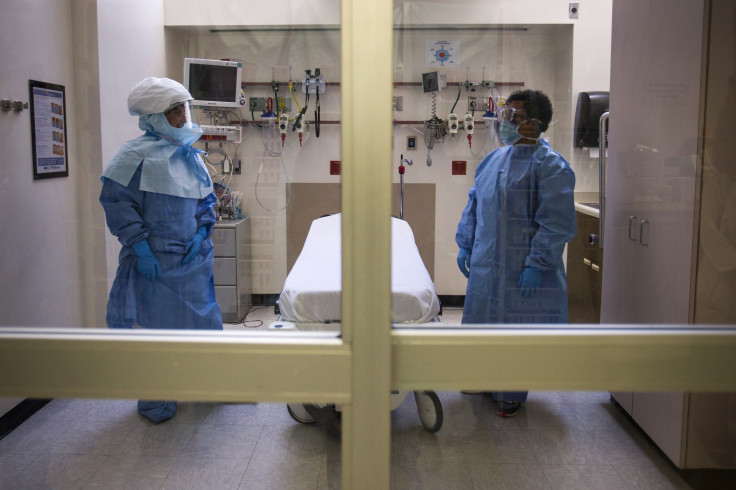Robots Could Help Contain Ebola, Other Global Virus Outbreaks In The Future, Scientists Believe

Rather than hazmat suits and quarantines, a growing number of scientists believe that mortuary robots could be the key to stopping the Ebola virus and other similar viruses from spreading.
Robot technology could remove infectious waste, bury Ebola victims, even decontaminate ambulances and hospital beds while other machines streamline the translation process for international doctors who come together to unite against outbreaks in the future. That will be the topic of a series of White House-sponsored scientific brainstorming sessions conducted throughout the country starting Nov. 7.
Robin Murphy, a professor of computer science and engineering at Texas A&M University and director of the Center for Robot-Assisted Search and Rescue, told Computer World the plan is still in the research phase, with health professionals expected to share their knowledge with the roboticist community.
“The workshop is for us to shut up and listen to them and take what we hear them say and use it,” she said. “They'll talk about what they need and then we can talk about what we can offer...What can we do in the next few months and then what we need to do in the longer term? What should we have five years from now.”
Much of the necessary technology simply doesn't exist yet. Scientists explained to the New York Times that while developers have created robots for disarming improvised explosive devices and self-driving cars, they're still largely useless when humanitarian workers are trying to help a situation like the Japanese nuclear disaster in 2011.
“As was the case in Fukushima [site of the nuclear disaster in 2011], the Ebola crisis in Africa has revealed a significant gap between robot capabilities and what is needed in the realm of disaster relief and humanitarian assistance,” Gill A. Pratt, a roboticist and program manager at the U.S. government's Defense Advanced Research Projects Agency, told the newspaper. “We have a moral obligation to try and select, adapt and apply available technology where it can help, but we must also appreciate the difficulty of the problem.”
© Copyright IBTimes 2024. All rights reserved.




















